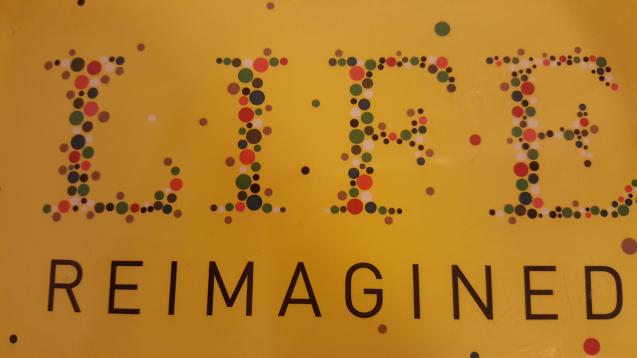Written by Linda Yau, M.D., F.A.C.P.
October 5, 2016

When I saw the subtitle of this book, I immediately felt hope. It is good to think of the opportunity that lies with midlife. Often being in this time of life brings stress with aging parents, growing children and health issues. So often the word “midlife” goes along with the word “crisis”. Not so in this book. The author, a long time reporter at NPR, spent two years examining the current research on the science of the middle years of life (defined as 40’s-60’s in this book). She investigates memory, marriage, friendship, purpose and careers. She gives us hints on how to best maximize our time in order to age well and to engage in our larger community, to pass down the wisdom that we acquired.
She speaks to researchers on memory to find out the natural course of brain functioning as well as how to boost one’s memory and avoid dementia in our later years. Scientific studies do not show an inevitable decline in brain functioning, but that there are modifiable lifestyle changes that we could all participate in that have been shown to prevent forgetfulness. Exercise at least three times a week for 45 minutes, and memory is better in later years. Challenge your abilities at every age with learning a new task. Do not coast and do the same things day in and day out. Learn a new language, pick up a new instrument, or do digital photography. People that have more education, more social networks and a “purpose” in life are protected from memory loss more than those who do not. The author recounts studies like the longstanding lifelong investigation of the Harvard class of 1936 and what factors helped people live a longer and more fulfilling life. It turns out that it is not one’s IQ, athletic prowess, wealth or job that is protective of long life, but it is one’s social connections and love that were the most protective.
Based on multiple studies, social connectedness buffets people from the travails of life. It turns out that friends, more than marriage, can boost one’s longevity and health. Hagerty quotes multiple studies which show effects of friendship can even outweigh exercise and eating well. The quality of those friendship have to be good, otherwise bad relationships can increase stress. Weaving personal stories of people dealing with serious illness as well as commenting on her own friendships, the research into the importance of relationships comes alive on the pages.
The author also delves into midlife marriage and some of the factors behind the “gray divorce revolution”, or the record numbers of people getting divorced over age 50. She writes a fascinating chapter on the science and research behind the internet dating site eHarmony and her interview with the founder, Neil Patrick Warren. Research shows that there are multiple facets of compatibility that are important in sustaining long term marriage. eHarmony requires participants to answer 240 questions and through algorithms, matches potential dates and asks people to trust their matches. She speaks with experts who explain research showing that enjoying novel experiences with your spouse can boost the relationship. She and her husband do an experiment of their own by renting an RV and driving from Maryland to Tennessee, while taking a drawing test before and after the experience to see if it strengthened their relationship. In other research, the one factor that stood out in the success of marriage was blame. The advice by Dr. David Burns at University of Pennsylvania is not to blame your spouse. “Fix yourself. When you begin working on your own issues, then your partner will change, too.” (p. 180)
Hobbies turn out to be more than just a sideline in one’s midlife. Athletics, exercise, learning musical instruments and learning a new foreign language not only add enjoyment, but may save one’s brain and prevent dementia. She relates multiple stories of people facing hardship: overcoming cancer while training hard with bicycling, surviving serious infection and amputation with optimism and gratitude. How do people persevere in the midst of heart wrenching tragedies such as the loss of a child? She delves into the research in resilience and rebounding back from setbacks. Not only is it important to train one’s mind with optimistic thinking and calm thinking, but it is important to develop an overall purpose in life and a way to be altruistic. There is a chapter on work and how many people reassess their careers and take their experience and talents to pursue a passion in life that contributes to the wider world.
This is not just another self-help book. It combines scientific research with real life stories and the author’s own experiences to infuse hope into one’s attitude towards midlife. Take the time to read this highly engrossing book, and it will inspire you to make wise choices or at least have a positive attitude in the face of the many changes in the middle years. Injecting novelty and challenge into our lives will help us all live a life reimagined.
Tags: memory, midlife, relationships
